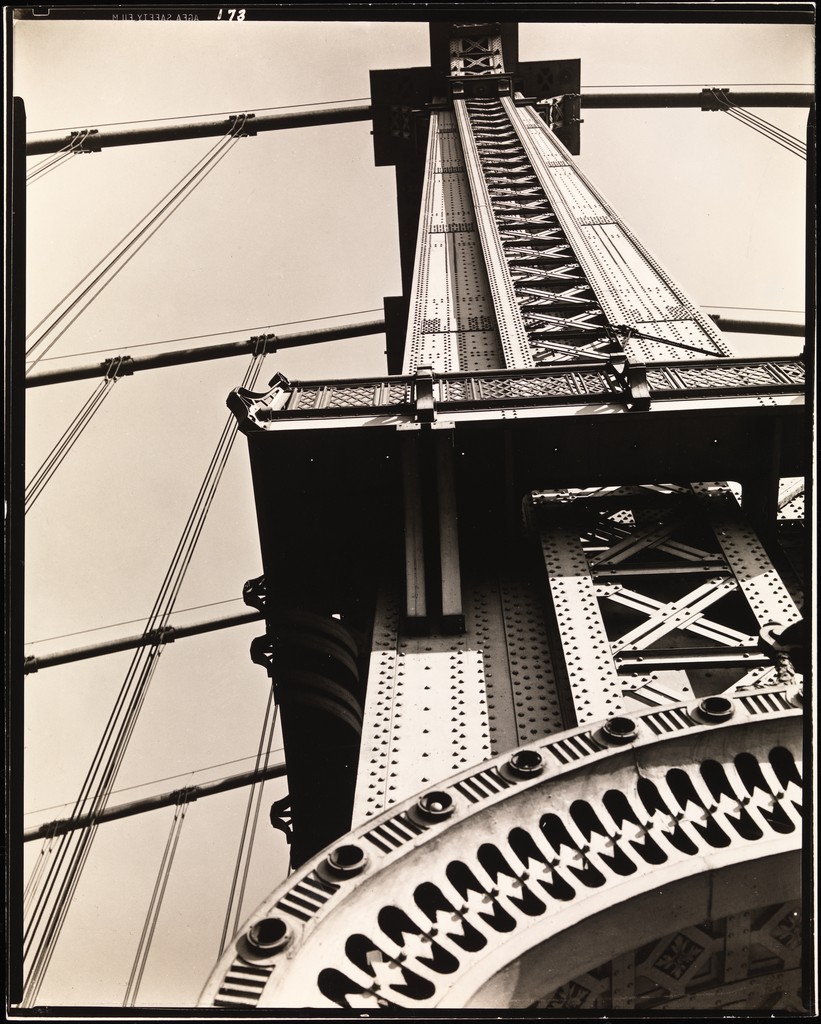Contents
Needed for this class
- Camera or cameraphone
- Light source: a window or a desk lamp
- two small objects – An egg or potato or onion (two of the three)
Thinking about the Frame
Framing: How the frame brings together the elements inside the rectangle juxtaposing them, creating relationships between them

Photographer: Margaret Bourke-White
Types of shots: how much information is in the frame
- a long shot
- a medium shot
- a close up
- an extreme close up.
Frame within a frame – use elements in the frame to enclose the main subject and draw attention to it. A frame within a frame can be a window or door or it can be items in the foreground such as branches.
Angle of View: describes the camera position in relationship to the subject. The angle of view may be:
- a worm’s-eye view
- a low-angle
- eye-level
- a high-angle
- a bird’s-eye or aerial or overhead view
- an oblique angle.
Rule of Thirds – Instead of placing the main subject in the center of the frame, divide the frame into thirds horizontally and vertically and place the main subject at one of these intersections.
Fill the Frame – (get closer) – do not leave empty areas that do not add to the composition and plan to crop in later.
Resources
Joel Meyerowitz on the frame






Leave a Reply